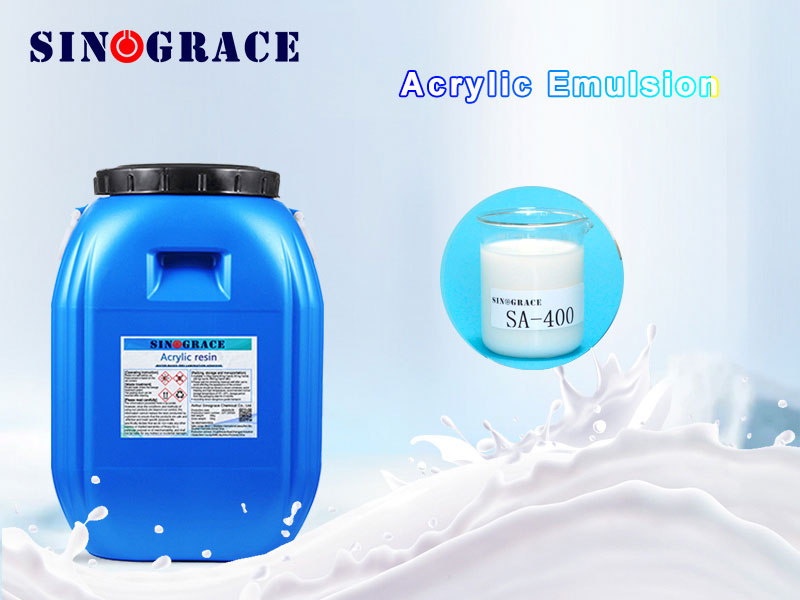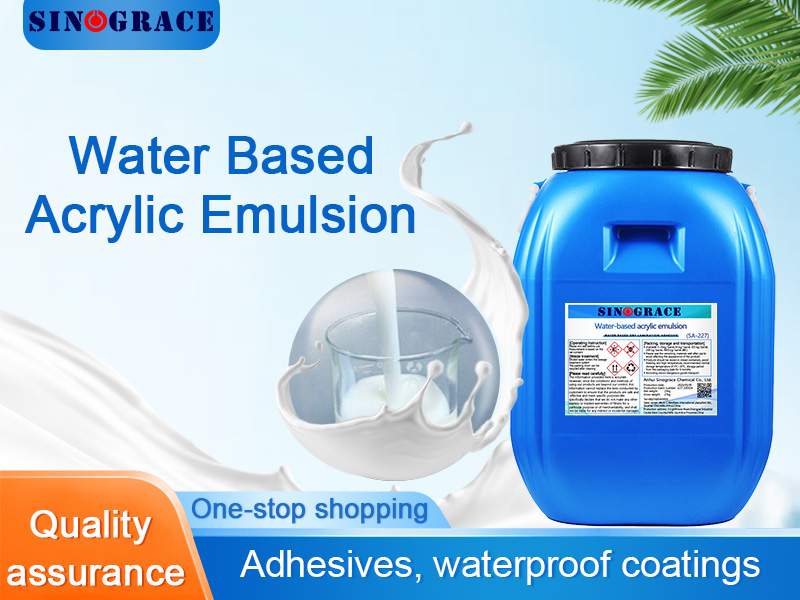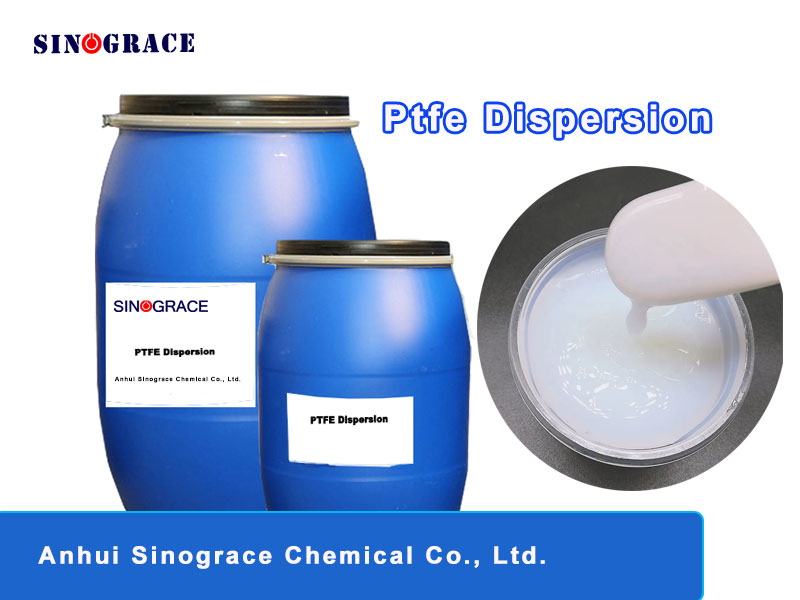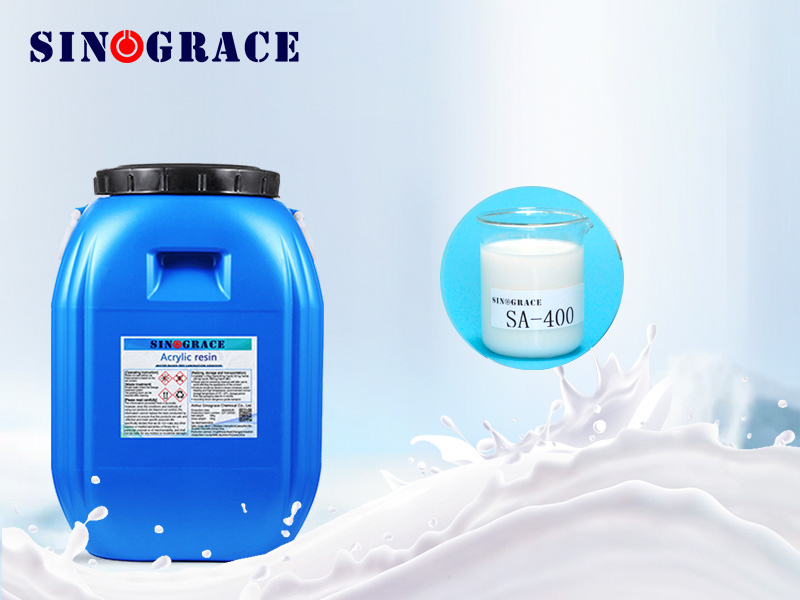Introduction to the Synthesis and Application of Acrylic Emulsion
Introduction to Acrylic Emulsion: Acrylic emulsion is a high-molecular water-based dispersion system prepared by emulsion polymerization technology using styrene and acrylate monomers (such as methyl acrylate, ethyl acrylate, butyl acrylate, etc.). Its features include environmental friendliness (low VOC), good film-forming property, strong weather resistance, excellent adhesion, and performance customization can be achieved by adjusting the monomer ratio and process parameters. Composition and Preparation Main monomers:acrylate (such as MMA, BA), methacrylate (such as methyl methacrylate). Functional monomers (such as acrylic acid, acrylamide) are often added to improve performance. Emulsifier:Anionic or nonionic surfactant, stabilizing emulsion particles. Initiators: Water-soluble initiators such as persulfate, which initiate polymerization at 60-80℃. Process:Water is used as the medium. The monomer is pre-emulsified and then gradually added drop by drop to control the particle size (usually 50-500 nm). Core feature: Environmental friendliness: Water-based system, low toxicity, low VOC, in compliance with environmental protection regulations. Film-forming property:After drying, it forms a continuous transparent film with adjustable flexibility. Weather resistance:Resistant to ultraviolet rays and yellowing, suitable for outdoor scenarios. Adhesion: Strong adhesion to various substrates (wood, metal, plastic). Chemical resistance: Resistant to water and alkali, and some formulas can resist solvents. Main application fields Architectural coatings Interior and exterior wall latex paint: As the main film-forming substance, it provides scrub resistance, stain resistance and mold resistance. Waterproof coating: Used for roofs and basements to form an elastic waterproof layer. Floor coating: Wear-resistant and impact-resistant, suitable for garage and factory floors. RDP: Acrylic powder, which outperforms VAE system RDP in terms of waterproof performance, durability and weather resistance. 2. Adhesive Pressure-sensitive adhesive:Base material for labels and tapes, balancing initial adhesion and holding force. Woodworking adhesive: Used for furniture assembly, it cures quickly and is environmentally friendly and formaldehyde-free. Textile laminating adhesive: Composite fabrics (such as non-woven fabrics and films), washable. 3. Textiles and Leather Coating finishing: Endows fabrics with waterproof, flame-retardant or anti-static functions. Printing adhesive: Enhances printing fastness and maintains the soft hand feel of fabrics. Leather finishing: Enhances the wear resistance of leather and modifies the surface luster. 4. Papermaking industry Surface sizing agent: Enhances the strength and water resistance of paper. Coating paint: Used for high-end packaging paper to improve printability. 5. Industrial protection Metal anti-corrosion coating: Primer or topcoat, anti-rust and salt spray resistant. Special uses such as ship coatings, petroleum, petrochem...
read more

 English
English français
français русский
русский español
español العربية
العربية








